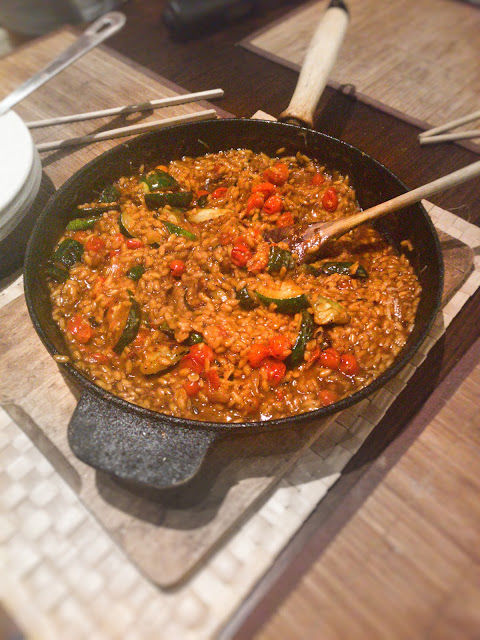Start by making your sponges, this recipe makes quite a lot of cake, enough for ten people to each have a hefty slice, if you are making this for a significantly more intimate crowd then you can halve the recipe. I make and cook each sponge mixture separately as my kitchen isn't large enough to make both at the same time, but this isn't obligatory.
Start by making a small cafetiere of very very strong coffee, leave it aside to cool. Cream the butter and sugar together with a mixer until smooth, whisk the eggs and add them gradually to the mixer with a little flour at a time. Fold in the rest of the flour and the baking powder to the mixture and add half of the coffee. Divide into two sandwich tins and bake until browned and cooked through. Turn the cakes out onto a wire rack to cool.
To make the frosting whip the cream until stiff and thick, I often use a food processor for this, mostly because I'm lazy but a hand mixer will also do the trick. Add the rest of the coffee and process until the cream has turned a smooth taupe. To this add the icing sugar and mix until smooth.
When the cakes have cooled place the first on a plate and cover the top with frosting, carefully place the other cake on top and cover the whole thing with icing using the back of a spoon. Roughly chop the walnuts and sprinkle them over the top and the sides of the cake, refrigerate until ready to serve.
ingredients
for the cake300g granulated sugar
300g vegetable shortening
6 eggs
300g plain flour
2tbsp baking powder
4 tablespoons ground guatemalan coffee
250ml hot water
for the icing
100ml whipping cream
400g icing sugar
100g walnut pieces






































